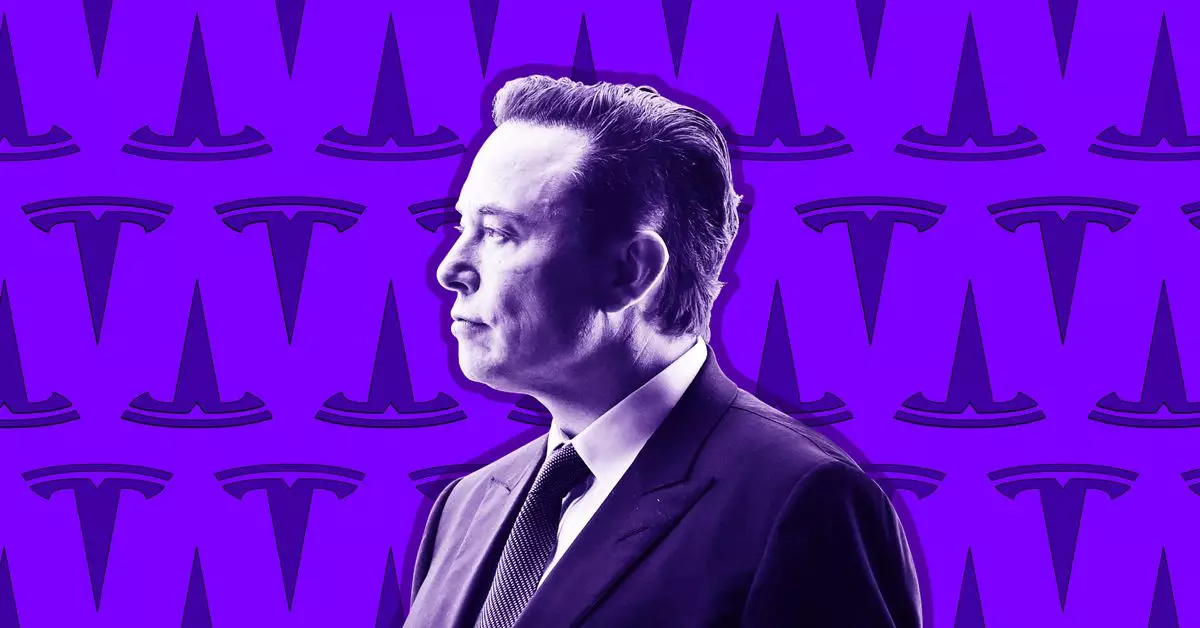Tesla’s recent cost-cutting measures have sent shockwaves through its Supercharger division, leading to a significant impact on the company’s charging infrastructure. The decision to lay off 500 employees, including top executive Rebecca Tinucci, has raised concerns about the future of Tesla’s Supercharger network, which was poised to become the standard in North America. With a leaner team now in place, the focus has shifted towards maintaining 100 percent uptime rather than expanding the network, leading to delays in responding to outages and stalled projects across various locations.
The fallout from Tesla’s cost-cutting measures is not limited to internal operations but has also affected Tesla owners and contractors. Many individuals have reported difficulties in reaching out to Tesla employees for support, with emails bouncing back and projects put on hold indefinitely. The cancellation of charging station installations and delays in providing adapters for Ford, Rivian, and GM electric vehicles have left many customers frustrated and uncertain about the future of their charging capabilities.
Tesla’s Supercharger network has long been viewed as the gold standard in electric vehicle charging infrastructure, boasting a vast network of fast chargers that other companies struggle to match. However, the recent setbacks and disruptions caused by the cost-cutting measures have raised questions about Tesla’s reliability and its ability to maintain its competitive edge in the EV charging market. The lack of communication and support for customers and contractors has tarnished Tesla’s reputation and could potentially drive users to seek alternative charging solutions.
Loss of Key Personnel
One of the key casualties of Tesla’s cost-cutting measures is Rebecca Tinucci, who played a crucial role in overseeing Tesla’s Supercharger locations and spearheading projects to make the network more accessible to vehicles from other manufacturers. Tinucci’s departure, along with that of most of the Supercharger team, has left a significant void in Tesla’s leadership and expertise in the charging infrastructure space. The loss of key personnel threatens to undermine Tesla’s position as a leader in the EV charging market and could hinder the company’s ability to innovate and expand its network in the future.
As Tesla grapples with the fallout from its cost-cutting measures, the future of its Supercharger network remains uncertain. The cancellation of new charging station locations, delays in providing adapters, and the lack of support for ongoing projects have created a sense of instability and unpredictability for Tesla owners and stakeholders. The company’s decision to prioritize uptime over expansion has raised concerns about its long-term strategy and its commitment to maintaining a reliable and efficient charging infrastructure for electric vehicle users.
Tesla’s cost-cutting measures have had far-reaching consequences for its Supercharger division, leading to disruptions, delays, and uncertainty across its charging network. The fallout from these decisions has not only impacted internal operations but has also affected customers, contractors, and stakeholders who rely on Tesla’s charging infrastructure. As Tesla navigates these challenges and strives to overcome the setbacks caused by the layoffs and restructuring, it will need to reassess its priorities, reevaluate its approach to cost-cutting, and restore trust and confidence in its ability to deliver a world-class charging experience for electric vehicle users.


Leave a Reply